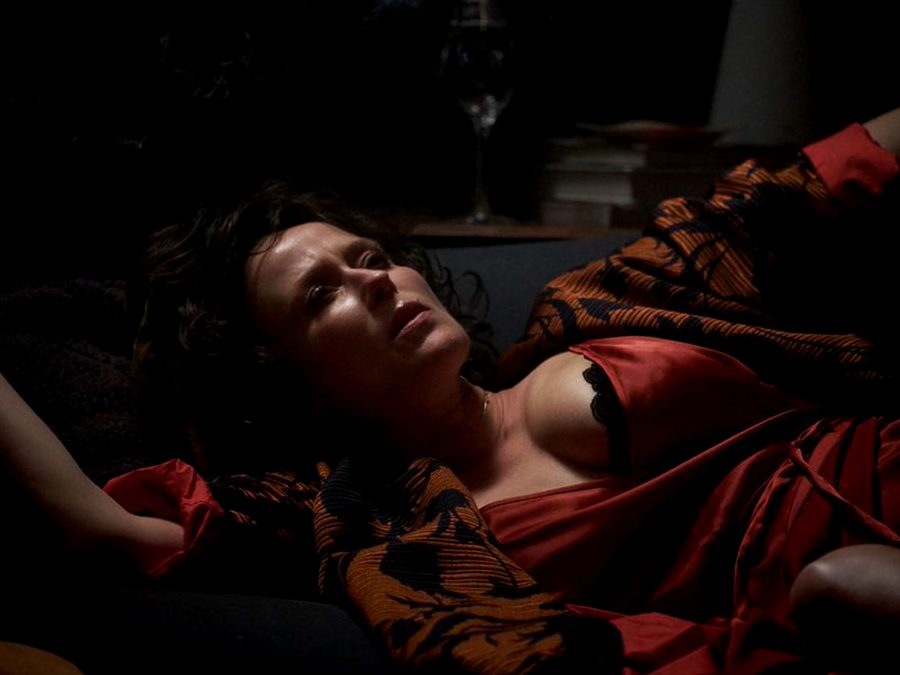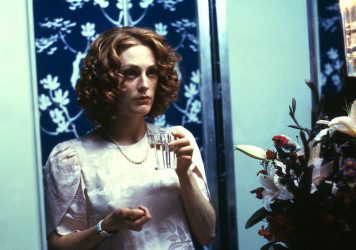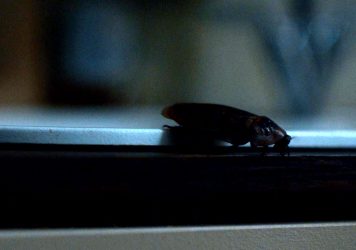
It’s difficult to imagine the words ‘cancer movie’ and ‘tearjerker’ not being in the same sentence together. They can be an uncomfortable pairing, not necessarily because cancer is a tough subject matter for a film, but because more often than not we’re left with an unpalatable saccharine taste in our mouths.
At the centre of your standard Hollywood cancer weepie you’ll find a subdued martyr fighting their illness, and you’ll notice there’s hardly ever a time when it isn’t terminal. This keeps the emotional stakes higher than a patient on morphine and ensures the platitudes about ‘living life to the max’ really hit.
Films like My Sister’s Keeper and The Fault in Our Stars are the poster children for this weary approach. John Green, author of the book which inspired the latter film, insisted he “didn’t want to sell it, because Hollywood sucks at making unsentimental movies about illness.” Well, I wonder if he ever got around to seeing his story on screen; entrusted to director Josh Boone.
Even the film seems confused about what it’s supposed to be. The opening narration assures us that this cancer movie is far from an attempt at sugarcoated profundity, all the while lacing itself with the romantic lead, Augustus (Ansel Elgort), soliloquising his ironic love for placing unlit cigarettes in his mouth. Who can forget – try as we might – the scene of onlookers erupting into standing ovations at Anne Frank’s house while our protagonists kiss (no, really, this happens). Or perhaps the Magritte reference of ‘ceci n’est pas une pipe’ was really code for ‘ceci n’est pas une good cancer movie’.
The face of American cancer movies is overwhelmingly white, wealthy and middle class. Somehow the medical expenses seem to be no great burden, even though a 2019 poll revealed that 25 per cent of Americans admit delaying treatment for this reason. An anomaly would be the TV series Breaking Bad which acknowledges this broken healthcare system. When Walter White (Bryan Cranston) is diagnosed with lung cancer, potentially giving him just two years to live, he takes extreme measures to secure both medical costs and his family’s future. Lung cancer is a controversial choice, but as Walter is not a smoker, the cause is left ambiguous.
We’re mostly used to seeing blood cancers on film, as they can strike across any age group more randomly and inexplicably – generally a less risky choice when it comes to eliciting the desired emotional response from an audience. Imagine a touching Hollywood tale of lung cancer caused by smoking, the second most common type in the US, or cancers caused by obesity which make up 54 per cent of gallbladder cancers in women and 44 per cent of oesophageal cancers in men. Maybe it’s just one unglamorous step too far for Hollywood to take, as these versions of the disease could be deemed to be ‘self-inflicted’.
So what about those of us who resent our illness being a convenient catalyst for sentimental schmaltz? Are there more subversive films out there? In unexpected places, yes.

In Saint Maud, Amanda (Jennifer Ehle), a retired dancer with spinal lymphoma, is the opposite of what we normally see of cancer patients on screen. She fiercely commits to drinking, smoking and general debauchery while she still can. Instead of taking Maud’s soul saving seriously, she gifts her carer a book of William Blake poems, slyly mocking Maud’s religious zeal. When we do feel sadness for Amanda, it comes about more naturally; unlike Hollywood’s predilection for calculatedly foisting it upon us. She’s no hero (or saint, you could say). Nobody in the movie really is. God, is that refreshing.
Elsewhere, Agnès Varda’s Cleo from 5 to 7 is usually looked at through a feminist lens, but it also astutely captures the agonising wait for medical news. Anyone who has been through the cancer wringer can surely relate to this. For instance, ‘scanxiety’, those jittery nerves you encounter surrounding PET scan results, although instead of visiting a tarot reader like Cleo, you might scroll endlessly through online forums asking ‘how long till my results’ or ‘what does it mean if it’s already been four days?’ Trying to find an answer before the actual answer this way is of course futile, but we all do it.
In one of her many attempts to distract herself, Cleo practises some new songs with her fellow musicians. The roving camera and tight close-ups reflect her dynamic focus, but as is the pattern with this film, it doesn’t last long. While she is singing a particular song the camera slowly pans out and stops; suddenly she is surrounded by empty space, encapsulating her vulnerability. Unfortunately, it’s rare to find a film featuring cancer as beautifully cinematic as this. Most rely on hollow voiceovers and dialogue, alongside tedious musical montages, to get their character’s innermost thoughts and feelings across.
Saint Maud and Cleo from 5 to 7 don’t tend to top lists of cancer movie recommendations. Perhaps they qualify more as non-cancer cancer cinema, or cancer-adjacent films. But, if you’re seeking out cancer movies of the unchaste and unclichéd variety, outside Hollywood is the best place to start.
Published 6 Feb 2021

Todd Haynes’ 1995 film stars Julianne Moore as a woman who becomes “allergic to the 20th century”.

Attractive women of questionable virtue have long been a scapegoat for society’s literal ills.

Grace Dickinson reveals how she wrangled the skin-crawling star performer of Rose Glass’ psychodrama.